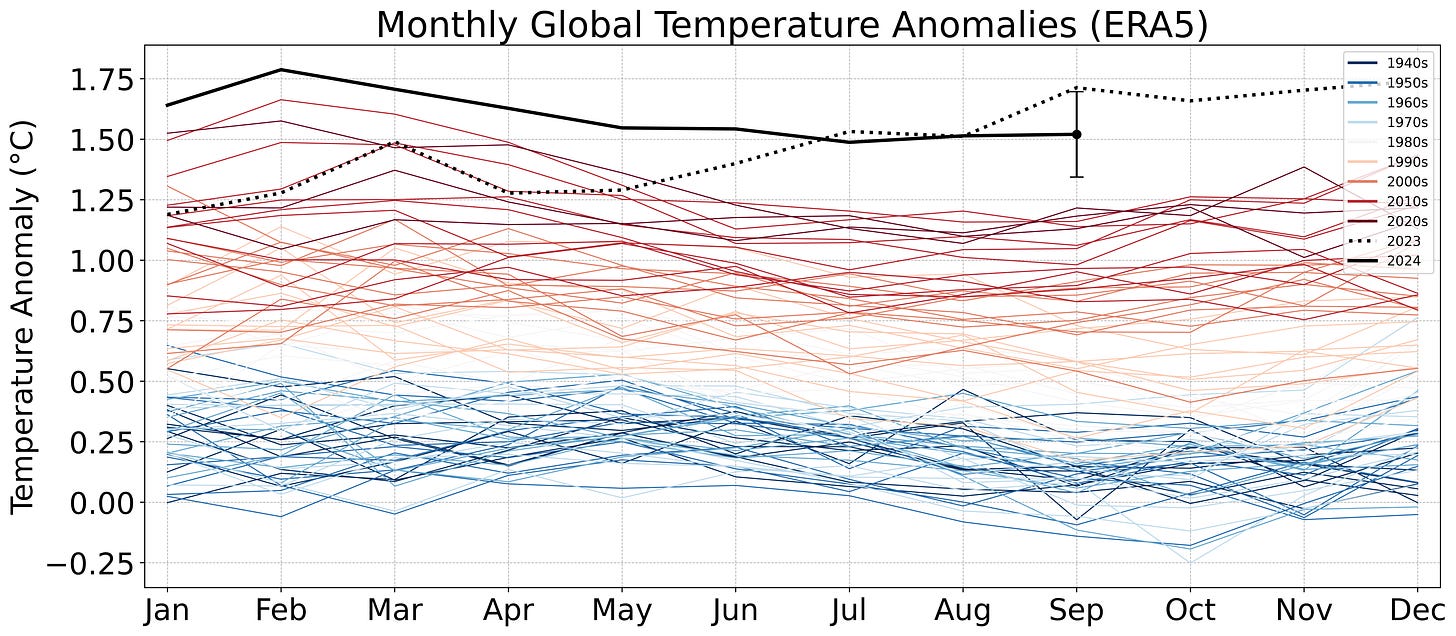IJMS, Vol. 24, Pages 3442: Advances in Plant Epigenome Editing Research and Its Application in Plants
International Journal of Molecular Sciences doi: 10.3390/ijms24043442
Authors: Qiaoyun Qi Bichun Hu Weiyu Jiang Yixiong Wang Jinjiao Yan Fengwang Ma Qingmei Guan Jidi Xu
Plant epistatic regulation is the DNA methylation, non-coding RNA regulation, and histone modification of gene sequences without altering the genome sequence, thus regulating gene expression patterns and the growth process of plants to produce heritable changes. Epistatic regulation in plants can regulate plant responses to different environmental stresses, regulate fruit growth and development, etc. Genome editing can effectively improve plant genetic efficiency by targeting the design and efficient editing of genome-specific loci with specific nucleases, such as zinc finger nucleases (ZFNs), transcription activator-like effector nucleases (TALEN), and clustered regularly interspaced short palindromic repeats/CRISPR-associated 9 (CRISPR/Cas9). As research progresses, the CRISPR/Cas9 system has been widely used in crop breeding, gene expression, and epistatic modification due to its high editing efficiency and rapid translation of results. In this review, we summarize the recent progress of CRISPR/Cas9 in epigenome editing and look forward to the future development direction of this system in plant epigenetic modification to provide a reference for the application of CRISPR/Cas9 in genome editing.

 1 year ago
31
1 year ago
31


